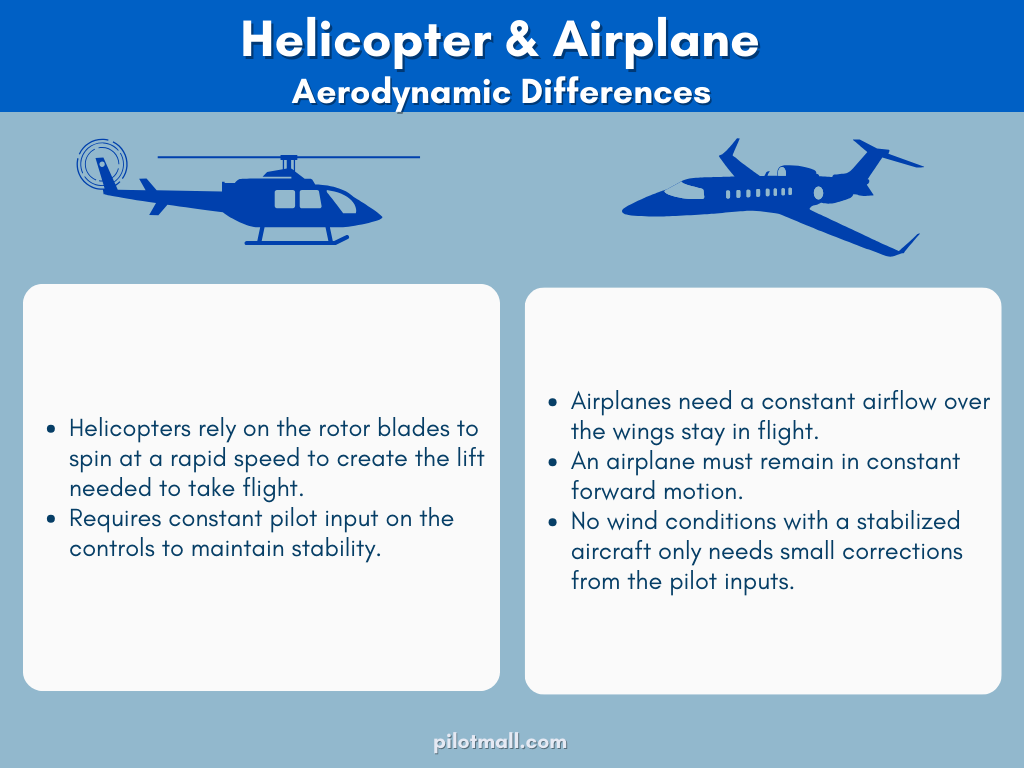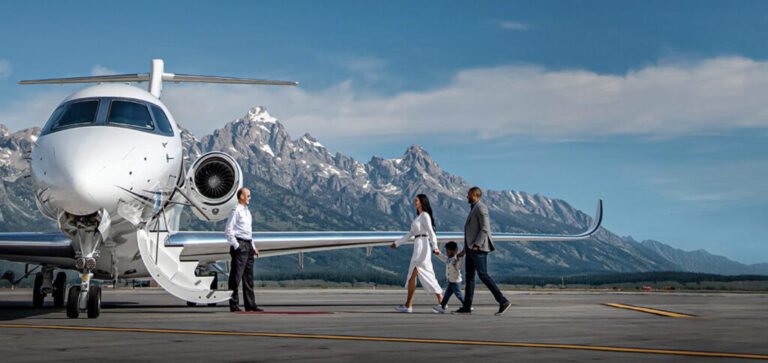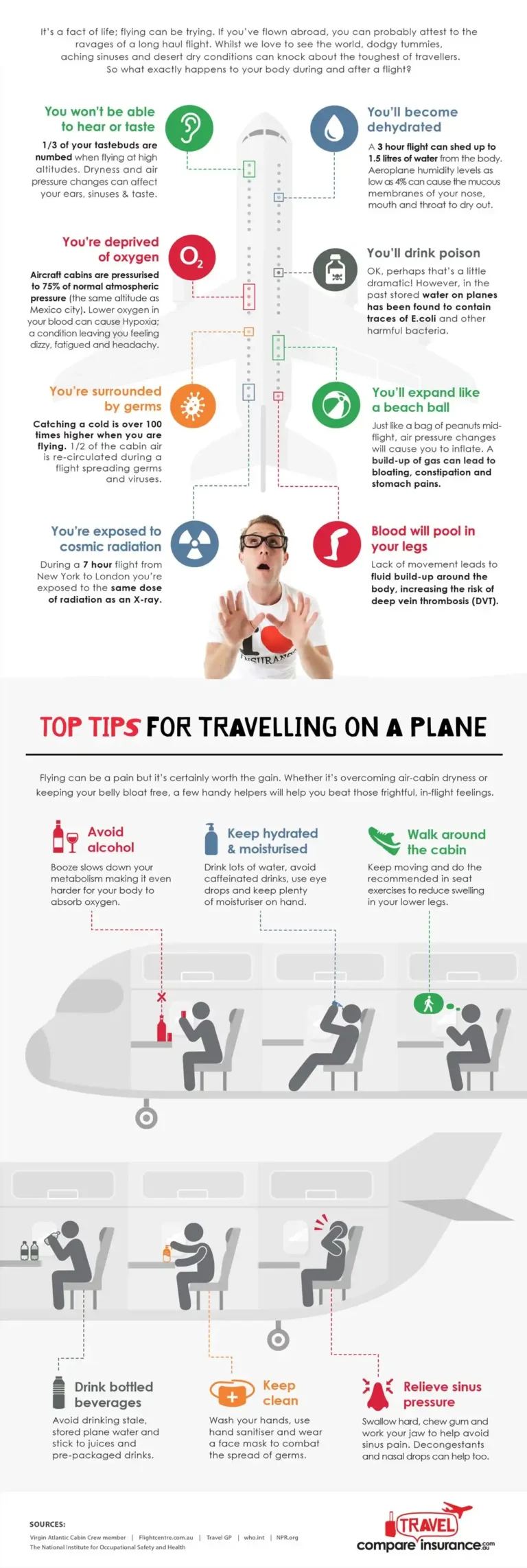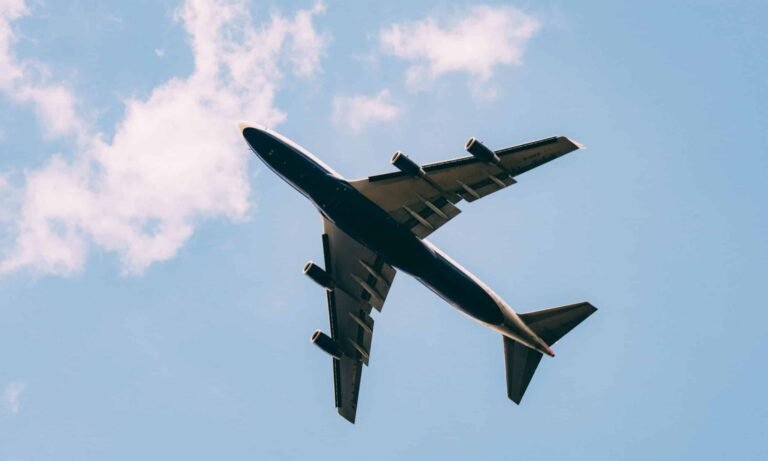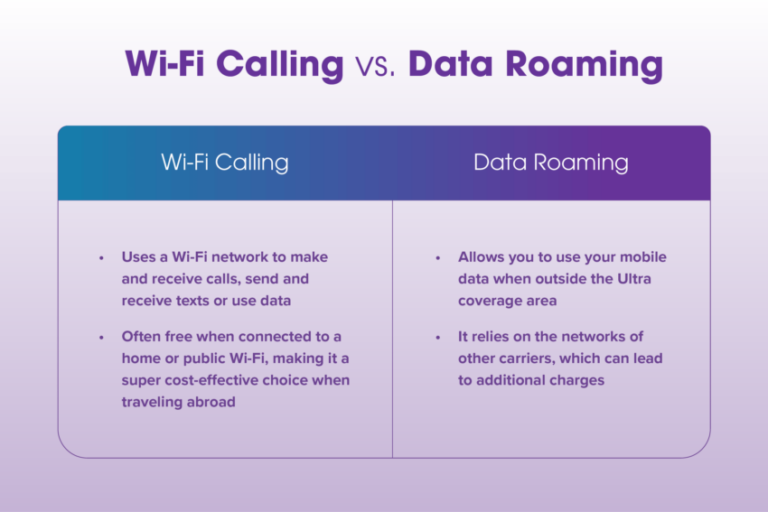What are the Differences And Similarities between Airplanes And Helicopters
Airplanes and helicopters both take to the skies, but they are quite different. Both serve various purposes and come with unique features.
Understanding the differences and similarities between airplanes and helicopters can help you appreciate their roles. Airplanes are fixed-wing aircraft designed for long-distance travel, while helicopters have rotating blades for vertical flight and flexibility. By exploring these two fascinating modes of air transport, we can learn why each is special in its own right.
Whether you are a flying enthusiast or just curious, this comparison will provide insights into the mechanics, uses, and advantages of both. Let’s dive into the world of airplanes and helicopters to see what sets them apart and what they share in common.
Introduction To Airplanes And Helicopters
Airplanes and helicopters are two popular types of aircraft. They both enable us to travel through the air, but they have different designs, functions, and histories. This article explores their unique features and how they are used in modern transport.
Brief History
The concept of flight has fascinated humans for centuries. The Wright brothers built the first successful airplane in 1903. This marked a new era in aviation. Airplanes became a vital part of military, commercial, and personal travel.
Helicopters, on the other hand, have a more recent history. Igor Sikorsky built the first practical helicopter in 1939. Helicopters offered vertical takeoff and landing, which airplanes could not achieve. This made them useful for rescue missions, medical emergencies, and urban transport.
Importance In Modern Transport
Both airplanes and helicopters play a crucial role in modern transport. Airplanes are used for long-distance travel. They can carry many passengers and cargo across the world. Airlines operate large fleets of airplanes, connecting cities and countries.
Helicopters are more versatile. They can land in remote areas where airplanes cannot. They are essential for search and rescue operations. Helicopters also serve in military missions, medical evacuations, and news reporting.
| Feature | Airplanes | Helicopters |
|---|---|---|
| First Flight | 1903 | 1939 |
| Takeoff & Landing | Runway required | Vertical |
| Main Use | Long-distance travel | Rescue, medical, military |
In summary, airplanes and helicopters have unique histories and uses. They are both vital in modern transport, offering different advantages for various needs.
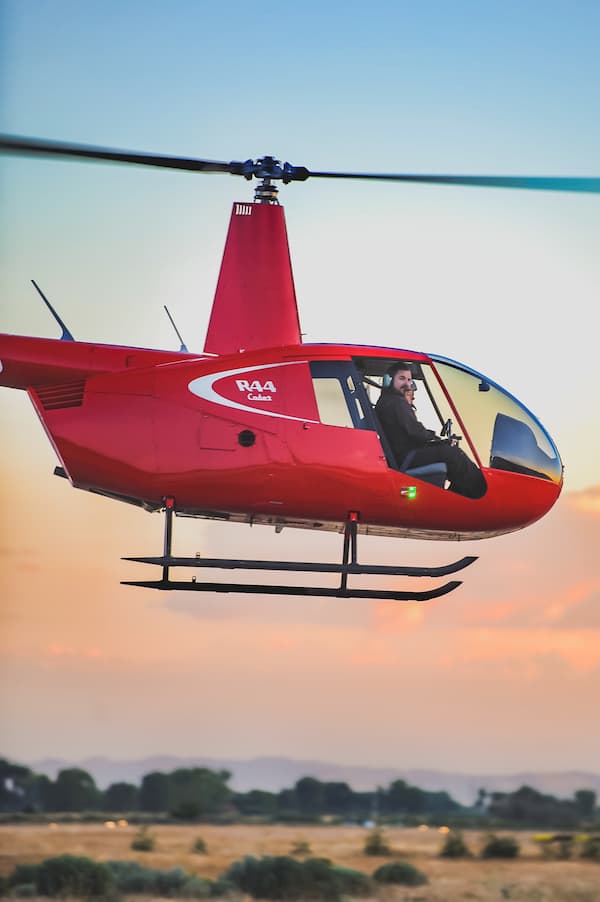
Credit: www.suu.edu
Design And Structure
The design and structure of airplanes and helicopters have similarities and differences. Each serves distinct purposes and achieves unique flight capabilities. Understanding these designs helps appreciate their functions.
Airplane Structure

Airplanes have a fixed-wing design. The wings are crucial for lift. They have a streamlined body to reduce air resistance. The tail section provides stability and control. Airplanes typically feature:
- Wings: Generate lift
- Fuselage: Holds passengers and cargo
- Tail: Offers stability
- Engines: Provide thrust
- Landing Gear: Allows takeoff and landing
Helicopter Structure
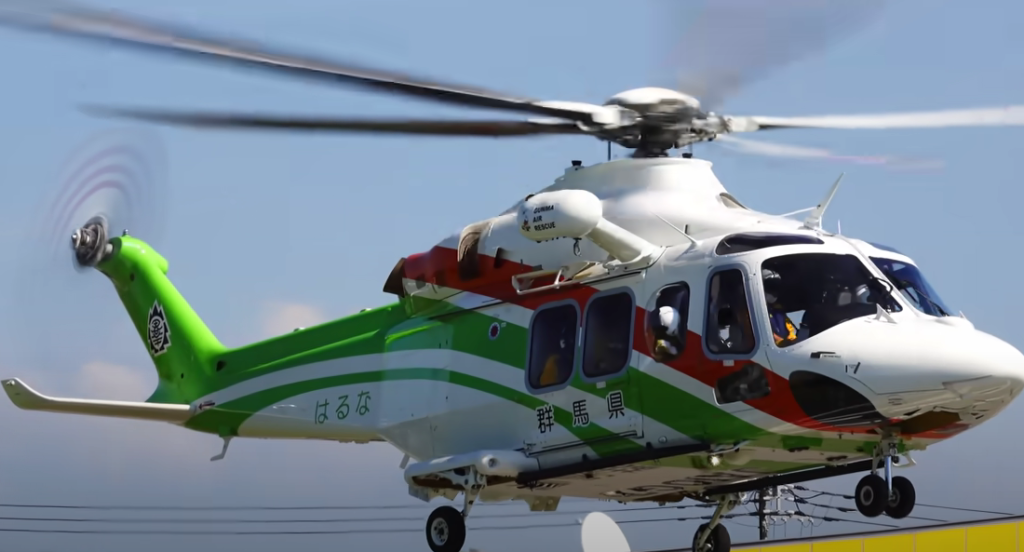
Helicopters feature a rotary-wing design. The main rotor blade generates lift and thrust. They can hover, take off, and land vertically. Key parts of a helicopter include:
- Main Rotor: Provides lift and thrust
- Tail Rotor: Controls direction
- Fuselage: Houses passengers and cargo
- Landing Skids: Enable stable landings
- Engine: Powers the rotors
| Feature | Airplane | Helicopter |
|---|---|---|
| Lift Generation | Wings | Main Rotor |
| Thrust Source | Engines | Rotor Blades |
| Stability Control | Tail Section | Tail Rotor |
| Landing Mechanism | Landing Gear | Landing Skids |
Mechanics Of Flight
The mechanics of flight are what allow airplanes and helicopters to soar. While both aircraft types can fly, their flight mechanics differ significantly. Let’s explore these differences and similarities.
Fixed-wing Mechanics
Airplanes are often referred to as fixed-wing aircraft. This term means their wings are stationary and do not move. Here are key components of fixed-wing mechanics:
- Lift: Generated by the airplane’s wings as air flows over them.
- Thrust: Produced by engines, propelling the airplane forward.
- Drag: The resistance an airplane faces as it moves through the air.
- Weight: The force of gravity pulling the airplane down.
These four forces must be balanced for a successful flight. Pilots control lift and thrust to ascend, descend, and maintain altitude. Airplanes achieve lift by moving forward at high speeds, making their fixed wings very efficient.
Rotary-wing Mechanics
Helicopters are known as rotary-wing aircraft. Their mechanics are quite different from airplanes. Key components of rotary-wing mechanics include:
- Rotors: Large blades that spin around a central hub.
- Lift: Generated by the spinning rotors, allowing vertical takeoff.
- Thrust: Created by tilting the rotor blades to move in different directions.
- Drag: Similar to airplanes, helicopters also face air resistance.
- Weight: The downward force due to gravity.
Helicopter rotors spin rapidly to create lift. This allows them to hover, take off, and land vertically. The pilot changes the angle of the rotor blades to control the helicopter’s direction and speed.
Speed And Range
Understanding the speed and range of airplanes and helicopters is important. These factors determine their best uses and limitations. This section explores how fast and far each type of aircraft can travel.
Airplane Speed
Airplanes are known for their high speed. They are designed to travel long distances quickly. Commercial jets usually fly between 500 to 600 miles per hour. Military jets can reach speeds over 1,500 miles per hour. Small private planes often fly at 120 to 250 miles per hour.
Speed helps airplanes cover great distances efficiently. This makes them ideal for long-distance travel.
Helicopter Speed

Helicopters are slower compared to airplanes. They typically fly at 150 to 200 miles per hour. Military helicopters can go faster, but they still do not match airplane speeds. The design of helicopters focuses on maneuverability rather than speed.
Helicopters can hover, take off, and land vertically. This flexibility is useful for short-distance travel and operations in confined spaces.
| Aircraft Type | Typical Speed (mph) | Best Use |
|---|---|---|
| Commercial Jets | 500-600 | Long-distance travel |
| Military Jets | 1500+ | High-speed missions |
| Private Planes | 120-250 | Personal travel |
| Helicopters | 150-200 | Short-distance, versatile operations |
Landing And Takeoff
Airplanes and helicopters have distinct landing and takeoff methods. These differences can affect their usability and performance in various situations. This section explores the runway requirements and the vertical takeoff capabilities of each type of aircraft.
Runway Requirements
Airplanes need a runway for landing and takeoff. The length of the runway depends on the aircraft’s size and weight.
- Small airplanes: Runway length of about 800 meters.
- Large airplanes: Runway length of about 2,500 meters.
Helicopters, on the other hand, do not need a runway. They can land and take off from small areas. This makes helicopters more versatile for urban and remote locations.
Vertical Takeoff
Helicopters have vertical takeoff and landing capabilities. They use rotors to lift off the ground vertically. This allows them to operate in confined spaces.
Airplanes cannot take off vertically. They need a runway to gain speed and generate lift through their wings. This is known as a rolling takeoff.
Here’s a quick comparison:
| Aircraft Type | Runway Needed | Vertical Takeoff |
|---|---|---|
| Airplane | Yes | No |
| Helicopter | No | Yes |
Both aircraft types have their unique advantages. Helicopters offer flexibility in tight spaces. Airplanes are more efficient for long-distance travel.

Credit: m.youtube.com
Operational Uses
Airplanes and helicopters serve many purposes in today’s world. Their operational uses are extensive and varied. Both aircraft play vital roles in different sectors, ensuring efficient and effective transportation and services.
Commercial Flights
Airplanes dominate the commercial flight sector. They transport passengers and cargo across long distances. Their large size and speed allow them to cover international routes. Airlines use airplanes to connect major cities globally.
Helicopters, on the other hand, focus on short-distance travel. They provide quick transport in urban areas. Helicopters are used for tourism, offering aerial views of cities. They also serve remote locations where airplanes cannot land.
Here’s a quick comparison:
| Aircraft | Primary Use | Distance Covered |
|---|---|---|
| Airplanes | Commercial Flights | Long Distance |
| Helicopters | Short Distance Travel | Short Distance |
Emergency Services
Helicopters excel in emergency services. They provide medical evacuations, rescue missions, and disaster relief. Helicopters can land in difficult terrains. They reach places that are inaccessible by road or runway. This makes them crucial in life-saving missions.
Airplanes also play a role in emergency services. They transport medical supplies and personnel during large-scale emergencies. Airplanes can carry more supplies than helicopters. Their speed and capacity make them suitable for international aid missions.
Key differences and similarities:
- Helicopters: Land in tight spots, perform rescues, medical evacuations
- Airplanes: Transport supplies, international aid, large-scale emergencies
Cost And Maintenance
When comparing airplanes and helicopters, understanding the costs and maintenance is crucial. Both have distinct needs and financial implications. Let’s break down these aspects to see how they differ and what similarities they share.
Airplane Costs
Airplanes generally have higher initial purchase prices. A new small private plane can cost from $150,000 to $300,000. Larger commercial planes can run into the millions. Operating costs include fuel, insurance, and hangar fees.
Maintenance for airplanes is another significant expense. Regular inspections, parts replacement, and unexpected repairs add up. An annual inspection for a small airplane can cost between $1,000 and $3,000. Larger aircraft have higher maintenance costs.
Helicopter Costs
Helicopters are typically more expensive to purchase than small airplanes. A new light helicopter can cost around $250,000 to $1,000,000. Medium and heavy-lift helicopters can cost several million dollars.
Operating costs are also higher for helicopters. They consume more fuel per hour compared to airplanes. Insurance, pilot training, and landing fees further increase costs.
Maintenance for helicopters is more frequent and costly. Helicopter parts wear out faster due to complex mechanics. Regular inspections and part replacements are necessary. The annual maintenance cost for a helicopter can range from $2,000 to $10,000.
Environmental Impact
When discussing the environmental impact of aircraft, airplanes and helicopters both have unique challenges and contributions. Understanding these differences and similarities helps in making informed choices about travel and transportation.
Fuel Consumption
Both airplanes and helicopters rely on fuel for operation, but they use it differently. Airplanes are designed for efficiency over long distances. They consume less fuel per mile compared to helicopters.
Helicopters, on the other hand, are more fuel-intensive. They need more power to stay aloft and maneuver. This leads to higher fuel consumption per mile.
| Aircraft Type | Fuel Efficiency (Miles per Gallon) |
|---|---|
| Airplane | 20-50 MPG |
| Helicopter | 2-5 MPG |
Noise Pollution
Noise pollution is another significant environmental impact. Airplanes generate noise during takeoff and landing. This affects communities near airports.
Helicopters, though smaller, produce more noise due to rotor blades. They often fly at lower altitudes, making the noise more noticeable.
- Airplanes: Noise concentrated around airports.
- Helicopters: Noise spread across areas they fly over.
Efforts are being made to reduce noise pollution. Newer technologies and stricter regulations aim to minimize this impact.
Safety And Risks
Airplanes and helicopters offer unique experiences. Understanding their safety and risks is important. Safety varies due to design, use, and technology. Let’s explore their common risks and safety measures.
Common Risks
Both airplanes and helicopters face some common risks. These include:
- Weather Conditions: Bad weather can affect visibility and control.
- Mechanical Failures: Engine or system failures can be dangerous.
- Human Error: Pilot mistakes can lead to accidents.
- Bird Strikes: Birds can damage engines and windows.
Safety Measures
Both types of aircraft use various safety measures to reduce risks. These measures include:
- Regular Maintenance: Ensures all parts are in good condition.
- Advanced Training: Pilots receive extensive training.
- Weather Forecasting: Helps in planning safe routes.
- Safety Inspections: Regular checks ensure compliance with safety standards.
| Aspect | Airplanes | Helicopters |
|---|---|---|
| Speed | Faster, suitable for long distances | Slower, suitable for short distances |
| Landing | Requires runways | Can land on small areas |
| Control | More stable in flight | More maneuverable |
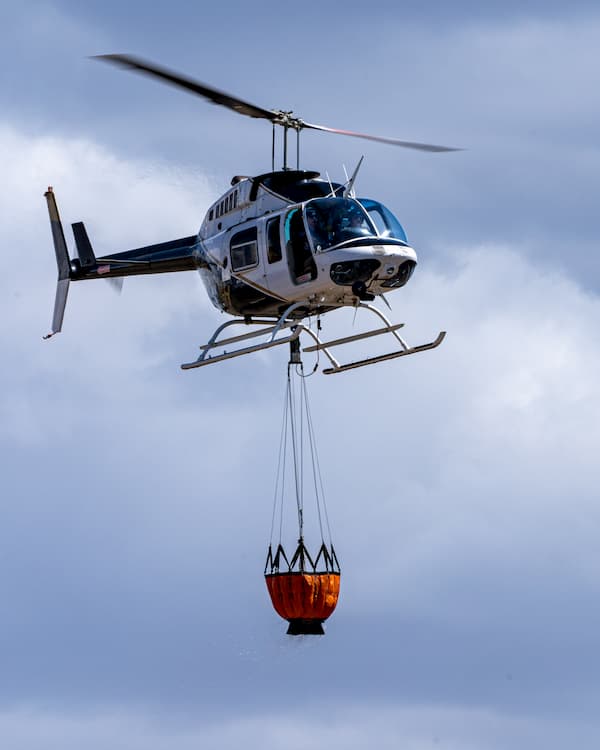
Credit: www.suu.edu
Frequently Asked Questions
What Are The Main Differences Between Airplanes And Helicopters?
Airplanes have fixed wings and require runways for takeoff. Helicopters have rotating blades and can take off vertically. This makes helicopters more versatile in different environments.
How Do Airplanes And Helicopters Achieve Lift?
Airplanes achieve lift through their fixed wings, using airflow. Helicopters achieve lift using rotating blades, allowing for vertical takeoff and landing.
Can Helicopters Fly Faster Than Airplanes?
No, airplanes generally fly faster than helicopters. Airplanes are designed for higher speeds over long distances. Helicopters prioritize maneuverability and vertical takeoff.
Do Airplanes And Helicopters Have Different Uses?
Yes, airplanes are commonly used for long-distance travel and cargo transport. Helicopters are used for short distances, rescue missions, and accessing difficult terrains.
Conclusion
Airplanes and helicopters share some similarities but have many differences. Airplanes are faster and cover longer distances. Helicopters hover and land in tight spaces. Both are essential for different tasks. Airplanes excel in long-haul flights and speed. Helicopters are perfect for rescue missions and urban travel.
Understanding these differences helps choose the right aircraft. Whether flying across the country or accessing remote areas, both serve unique purposes. Each plays a vital role in aviation. Knowing their strengths aids in making informed decisions.

